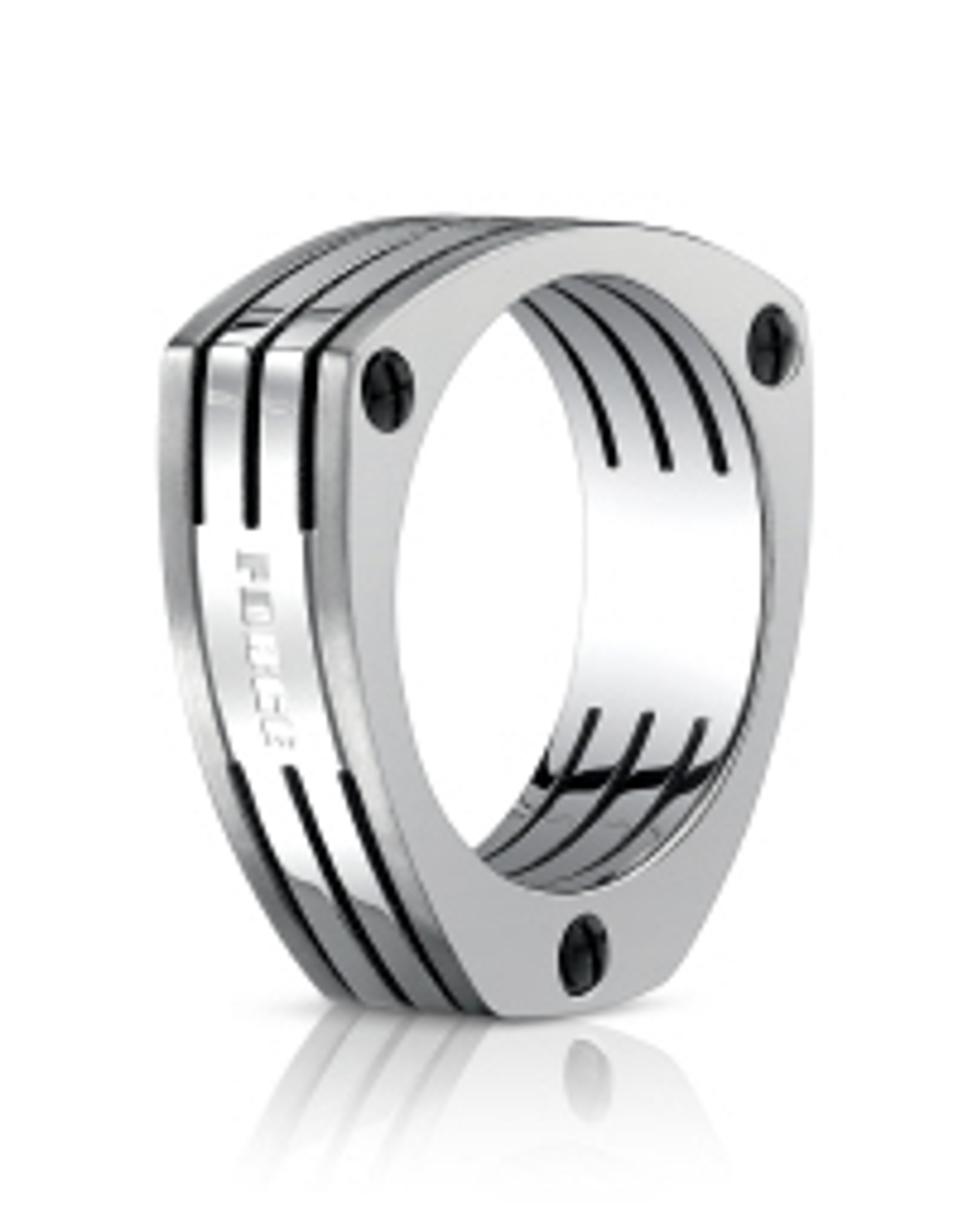History and Trends Relating to Wedding Bands
Dec 14th 2018
The wedding band is an ancient symbol, used for centuries as a sign of eternity between couples who vow to spend their lives together - forever.
The original idea was that its round shape was symbolic of something that would be never-ending, and would continue forever. Other interpretations link the ring to the bestowal of money and value – usually of the bride.
While the earliest reports of wedding bands refer to twisted papyrus as a material used for finger rings, hemps, leather, bone and ivory have also been noted as popular love token materials. As various metals were discovered and exploited for a variety of uses, they also became the material of choice for jewelry and other items, including engagement and wedding rings. From Roman times copper and brass rings were popular, and then silver and ultimately gold was what couples preferred. The act of giving and accepting a ring or band was – and still is – considered to be binding on the couple.
By the time of King Edward VI of England, the words “with this ring I thee wed” and “this gold and silver I give thee” show that the value of the metal had become important. And historically it is true that exchanging valuables was, for some, more important than the commitments of love and devotion. There are many examples, ranging from the exchange of money in German culture, to the exchange of cows in many African cultures. But the wedding ring is undoubtedly the most loved and appreciated symbol, and the one that is most recognized internationally.
The wedding band is worn constantly on the third finger of the left hand (the thumb of course not being considered a finger), or sometimes on the right hand, for instance in parts of Europe. The reason for this is that, as legend has it, ancient people (specifically the Greeks and Romans) believed there was vein from the heart that lead directly to this particular finger. More recently both men and women wear wedding rings, and these are exchanged during the wedding ceremony.

